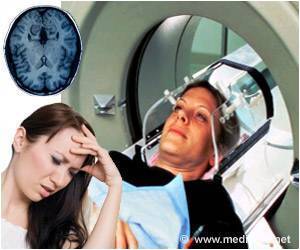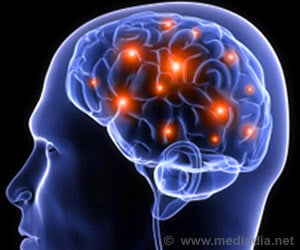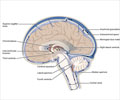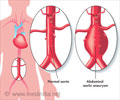Glossary
Atherosclerosis: This is a condition in which lipids and fats are deposited inside the arteries leading to thrombosis and other heart diseases.Hypertension: Increase in blood pressure.
Trauma: An injury (as a wound) to living tissue caused by an extrinsic agent.
Nausea: Vomiting sensation.
Seizures: Convulsions; sudden, involuntary movements of the muscles.
Headache: Pain or discomfort of the head, upper face, scalp, or neck region
MRI: A painless method using magnetic fields for taking pictures of internal organs.
CT: This is a X- ray procedure enhanced by computer the results are three dimensioned scan through a body part showing bone and body tissue.
Ultrasound - A test that bounces sound waves off tissues and internal organs and changes the echoes into pictures (sonograms).
X-ray: High energy radiation with waves shorter than those of visible light. X-rays possess the properties of penetrating most substances (to varying extents), of acting on a photographic film or plate (permitting radiography), and of causing a fluorescent screen to give off light (permitting fluoroscopy). In low doses X-rays are used for making images that help to diagnose disease, and in high doses to treat cancer. Formerly called a Roentgen ray.











